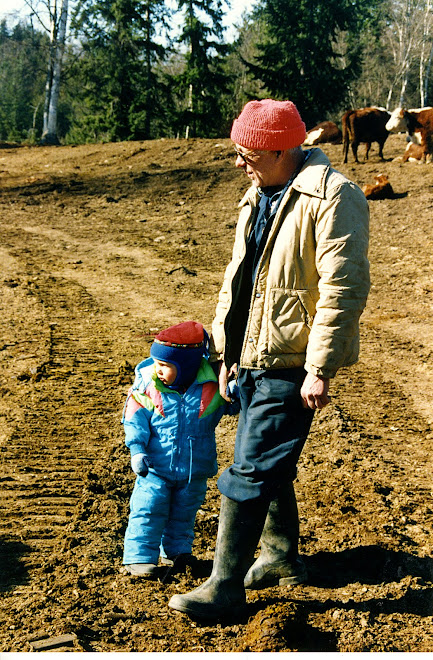Leadership is a quality that the Maori people actively investigated through song, dance and in writings. There was a lot of movement between the “iwi” (tribes) and although there were times of peace there was also active conflict. Women and men had active roles in leadership of their iwi (tribes). Strong leaders were required to guide the people through warfare and when moving from one territory to another as well as in negotiations. Once the Europeans arrived the role of the leaders became paramount in protecting and advocating for their people. My ancestor, Chief Tikitu, of the Ngati Awa, described effective leadership as being eight “puaha” (openings) of the heart. Tikitu wrote of these characteristics in an article entitled “Nga Pumanawa e Waru” in 1898:
He kaha kit e mahi kai, industrious in obtaining or cultivating food.
He kaha kit te whakahaere I nga raruraru, abled in settling disputes, able to manage and mediate.
He toa, bravery, courage in war He kaha kite whakahaere I te riri, good leader in war, good strategist.
5. He mohio kit e whakairo, an expert in the arts especially wood carving.
6. He atawhai tangata, hospitality/generous
7. He mohio kit e hanga whare rim, waka ranei, clever at building houses, fortified sites or canoes.
8. He mohio ki nga rohe whenua, good knowledge of the boundaries of tribal lands.
The colonization of Aotearoa (New Zealand) impacted the Maori in a myriad of ways, one being the leadership roles that women held. There is much evidence that indicates that women held significant roles and were not considered the “property” of men. Traditionally, women did exercise leadership, both inherited and achieved. However the Europeans would only negotiate with the males of the tribes and much of the literature reflects an assumption that males were in fact the leaders when they were not always.
The literature, although not well developed due to a male bias, does reflect the esteemed roles held by women in their communities. Hinematioro, for example, was a Ngati Porou leader during the time that James Cook visted New Zealand in 1769. She was considered a Paramount Chieftainess and had a wide sphere of influence, renowned for her kindness, hospitality and good management. (credits to the Dictionary of New Zealand Biography). Another noted leader that played an important role during colonization was Rangi Kuini Wikitoria Topeora of the Nagati Toa and Ngati Raukawa iwi. She was famous for her waiata (song) compositions. She was one of the estimated 13 women who signed the Treaty of Waitangi in 1840. It is assumed that the British saw the treaty as a means to make New Zealand a British possession while the chiefs saw it as a guarantee of their independence, a strengthening of their relationship with the British and a promise of protection.(Credits to NZ history)

Rangi Kuini Wikitoria Topeora
A leader very active during the 1900-1930s was Te Puea Herangi who created initiatives to support Maori health and care for orphans. She was an influential leader and fearless at spearheading projects. For example she was firmly opposed to conscription thus when it was introduced in 1917 she provided a refuge at her farm for those who refused to be conscripted into the New Zealand Army. Te Puea was a leader to support the Māori King Movement or
Kīngitanga . This movement to establish a Māori king developed in response to the selling of Māori land to the Colonial government. It was believed that by having a monarch who could claim status similar to that of Queen Victoria, Māori would be able to deal with Europeans on equal footing. The establishment of the monachy was also designed to achieve unity among iwi of all regions of the islands and thus weaken the potential on the part of the British to "divide and rule"; and, in addition, it was seen as a step towards establishing Maori lore and order. (Credits to Wikipedia)
Te Puea Herangi
In my own ancestral iwi, the Ngati Awa, Wairaka is known for her fearless leadership. One of her legendary feats of bravery is when she saved the Matatua waka and the Ngati Awa tribe after their arrival in Aotearoa, New Zealand. The men had left their canoe to explore the land leaving the women alone in the boat. The boat began to drift towards some rocks when Wairaka took the sacred paddle which she was not allowed to touch and prayed to her ancestors, "Kia Whakatane au i ahau (let me act like a man), paddling and saving the women from a certain death.
A bronze statue of Wairaka on a rock at Whakatane to commemorate her bravery.
The Ranch also came to be due to the strength of the women that have lived here. I reflect on my great- grandmother Caroline who left her family in Switzerland and many years later all her friends and business in Montreal to become a pioneer farmer. My grandmother Renee who dared to embrace love once again after many years of being a single mother. I draw strength from the love of these women as I cope with my current situation here on our farm.
My great-grandmother Caroline, grandmother Renee (known as Mama), and me
They are there, our Mothers,
their caring arms reaching out,
healing, loving.
We are never abandoned.
They show up in our lover, daughter, grandmother.
Find them in the quiet forest spaces, the wind on your face
Or your own heart, beating softly, life giving.
With such abundance there is no need to cling to those who hurt, abuse.
There is the story of our birth,
what comes after creates Mother.
Any moment in any day you may come across one,
the boy in the coffee shop, your sister, those long dead.
Your walk on this earth is not alone, there are no orphans.
Be in Love.
































